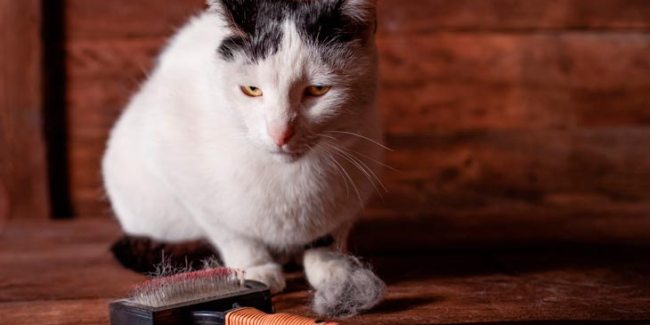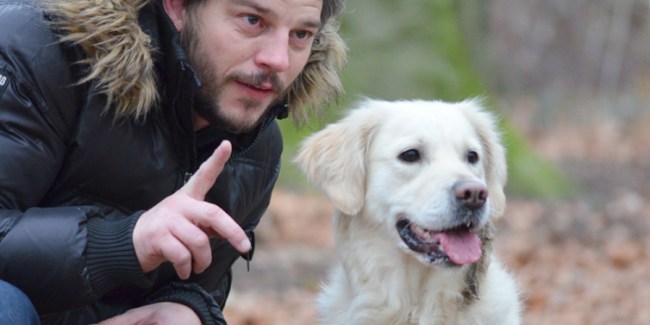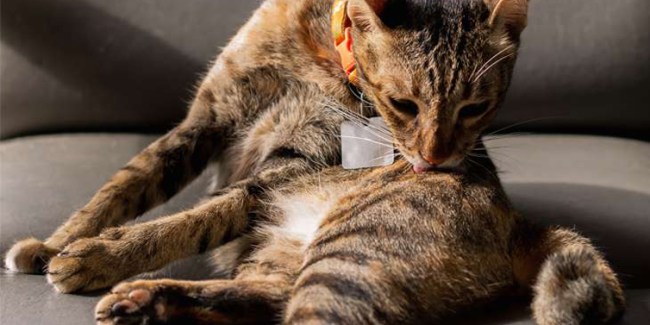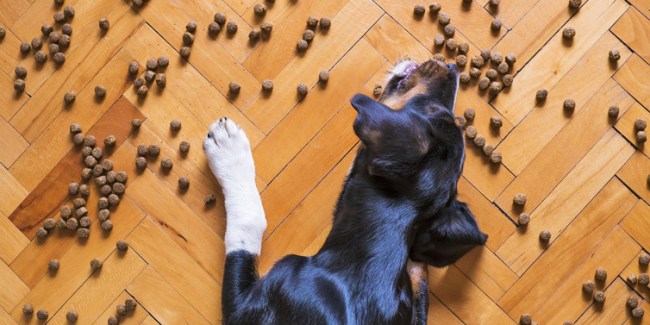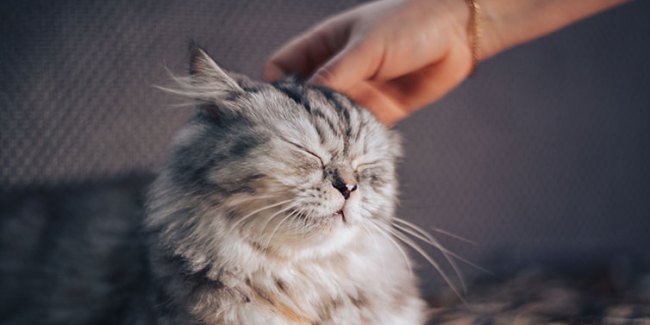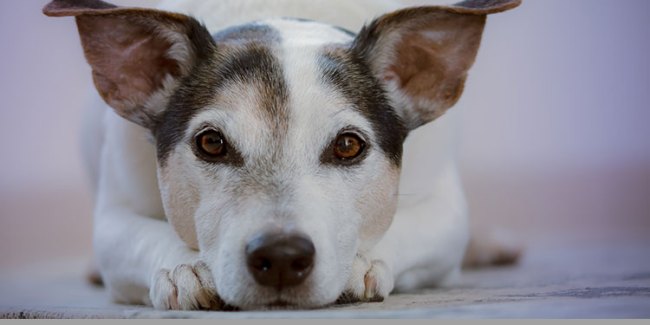Building Better Bonds Through Positive Pet Training
Positive reinforcement training is one of the most effective – and enjoyable – ways to help your pet learn, grow, and thrive. By focusing on rewarding good behaviour, rather than punishing unwanted actions, you can strengthen the bond you share with your furry friend, no matter their age or stage of life.

Contrary to popular belief, training isn’t just for puppies and kittens. It’s a lifelong journey that can enrich your pet’s life while making everyday interactions smoother and more joyful. Studies even show that older cats can learn new tricks just as well as younger ones!
What Is Positive Reinforcement Training?

Animals learn through association – they repeat behaviours that bring positive outcomes. Positive reinforcement training taps into this natural instinct by rewarding desirable actions in the moment they occur. Over time, your pet learns that good behaviour leads to good things – treats, praise, or play – and will be more likely to repeat those actions.
This technique isn’t just for teaching fun tricks. It also helps with important life skills, like:
- Getting into a carrier
- Being brushed or having teeth cleaned
- Coming when called
By keeping things reward-based and upbeat, you create a safe, supportive environment for your pet to succeed.
Benefits of Positive Reinforcement Training
Provides Mental Stimulation
Training challenges your pet to think and solve problems. Mental stimulation helps prevent boredom, which can lead to unwanted behaviours. Learning new skills keeps your pet sharp and engaged.
Builds Trust and Confidence
When your pet is consistently rewarded for doing well, they feel more confident and secure. For example, teaching your dog to “sit” with a treat helps them associate that action with a positive result – and they’ll be eager to do it again.
Strengthens Your Bond
Training becomes quality time. Your pet begins to see you as a source of fun, trust, and guidance. With regular sessions, you build a deeper connection based on mutual understanding and respect.
Encourages Good Behaviour
Instead of punishing bad behaviour, you’re actively reinforcing the good. This helps prevent habits like begging at the table or scratching the couch. For example, praising your cat for using a scratching post encourages them to keep doing it – and skip the furniture.
How to Get Started with Positive Reinforcement Training
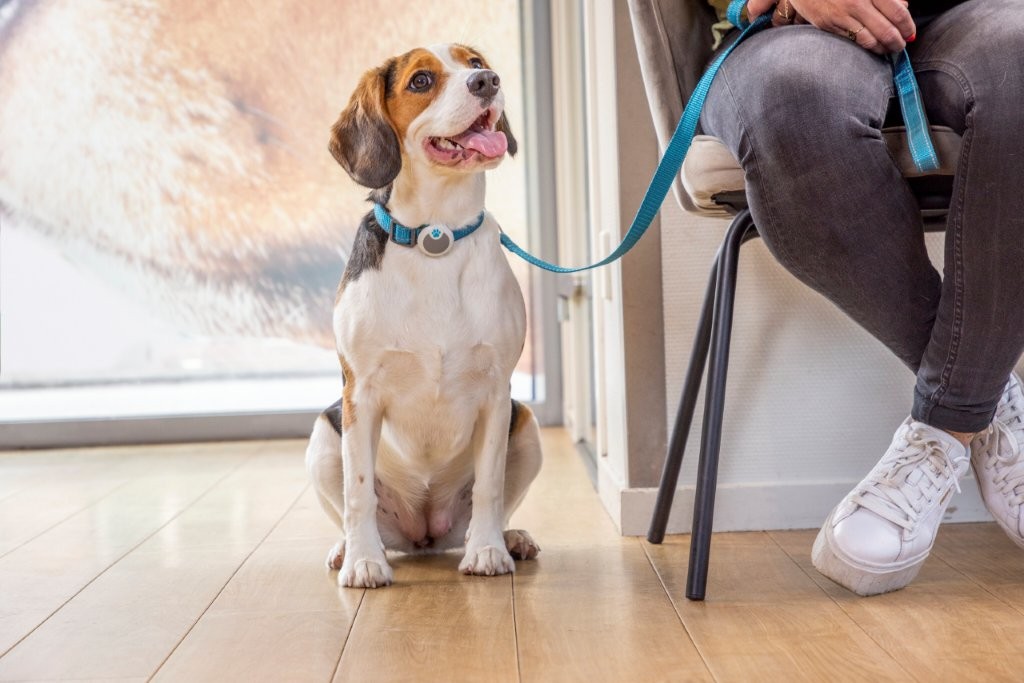
1. Start Simple
Begin with basic behaviours like “sit,” “lie down,” or “come.” Reward your pet every time they naturally perform one of these behaviours. Once they’re offering it often, introduce a cue (a word or hand signal). Only reward them when they do it after the cue.
This method – teaching the behaviour first, then naming it – is a key difference from traditional training.
2. Use Toys and Games
Incorporate puzzle toys, treat dispensers, or interactive games into your training routine. These not only reinforce behaviours but also stimulate your pet’s natural instincts, such as hunting or foraging. Choose vet-approved toys that are safe and suitable for your pet.
3. Leverage Environmental Rewards
Not all rewards have to be treats. Let your pet sniff around on walks when they behave well on the leash, or let them jump on the couch for cuddle time after responding to a cue. Everyday activities can be turned into learning opportunities.
4. Stay Consistent
Consistency is crucial. Use the same cues, expectations, and reward timing. Make sure everyone in your household follows the same rules to avoid confusing your pet.
5. Master Your Timing
Timing makes or breaks training. If you reward too late – for example, after your dog has stood up instead of while they’re sitting – they’ll associate the treat with the wrong behaviour.
6. Be Patient and Persistent
Training takes time. Celebrate small wins, be patient through setbacks, and keep sessions short, positive, and fun. Progress may be slow, but the rewards are worth it.
Taking Training Further: Advanced Techniques

Once your pet has mastered the basics, you can explore:
- Agility training
- Scent work
- Interactive tricks and games
These not only keep your pet’s mind sharp and body active, but they also deepen your bond and enhance your pet’s quality of life.
Final Thoughts

Positive reinforcement training is more than just teaching commands – it’s about building a lasting, loving connection with your pet. Whether you’re working with a bouncy puppy, a curious cat, or a senior pet, it’s never too late to start.
Focus on rewarding the behaviours you want to see more of, and you’ll help your pet become the happiest, most confident version of themselves. And if you’re ever unsure or stuck, don’t hesitate to reach out to a professional trainer for guidance.
Training is a journey – one built on trust, joy, and endless opportunities to grow together.
ZA-NON-250700001
Subscribe to our Newsletter
Get to know your furry friend better! Sign up for all things dog- or cat-related.
The Hairy Facts about the dreaded hairball
12 April 2021
Help! My dog’s barking mad! Volume 2
12 April 2021
Your Itchy, Scratchy Cat – All About Cat Skin Problems
12 April 2021
The Dog’s Diet: A Bone of contention?
01 April 2021
Mango Fly Worms: How to Spot and Eliminate them
Posted on November 28,2019
Managing Mange And Mites In Your Dog
Posted on June 11,2018
Why Do Cats Purr and How? Learn What Your Cat Is Saying
Posted on October 14,2020
How to Get Rid of Ear Mites in Dogs
Posted on November 06,2019


